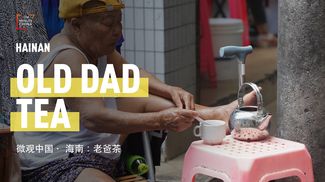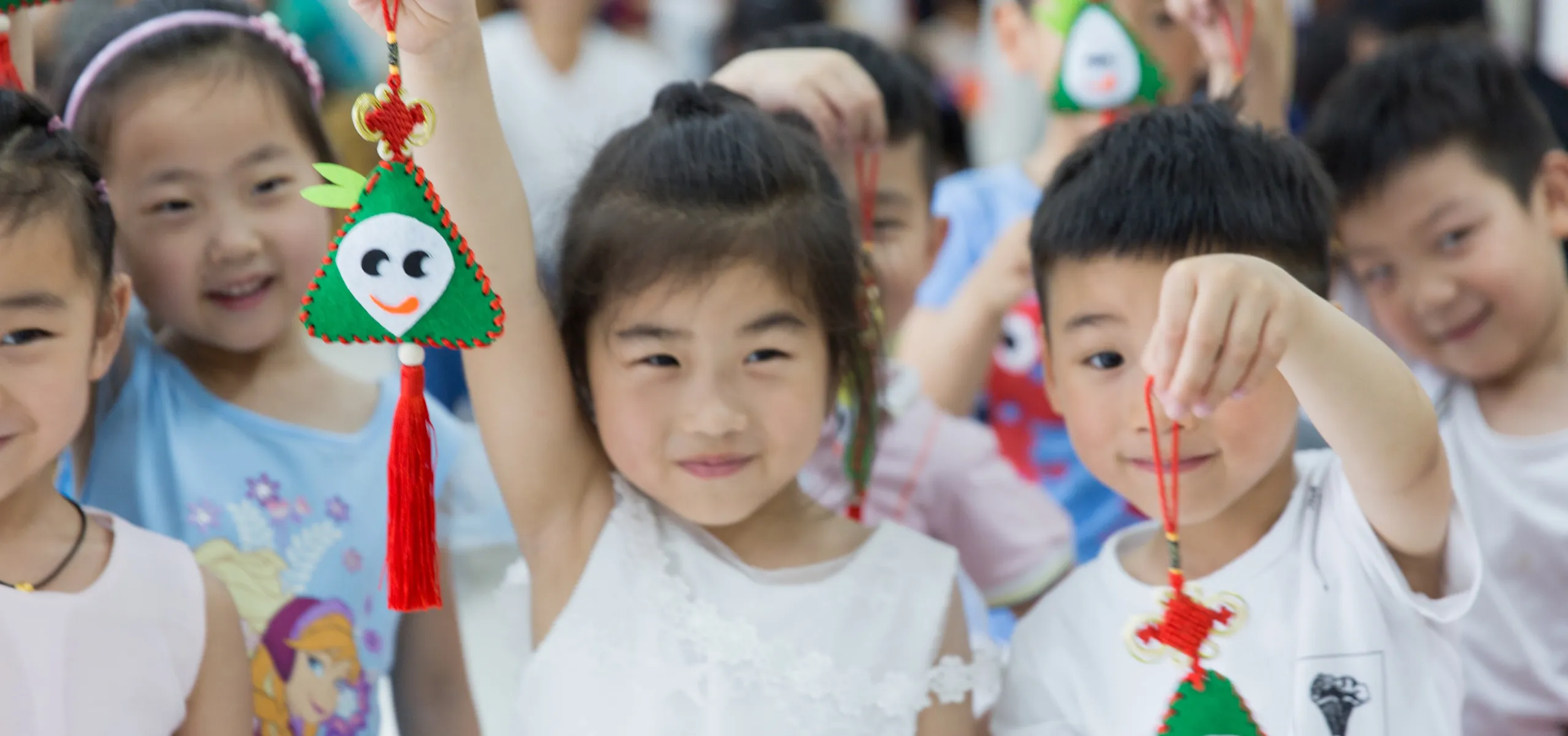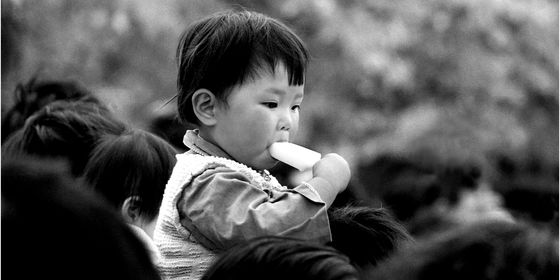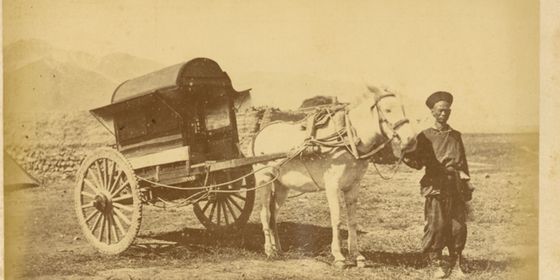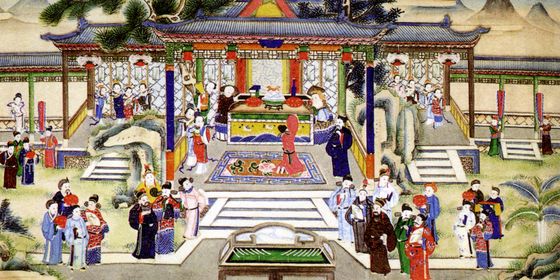Centuries before Chanel and Hermès became status symbols, ancient Chinese could tell a person’s rank from the bag they carried
In 2020, a scene in TV drama Nothing But Thirty provoked an almighty row about the hierarchy of luxury handbags. In the show, housewife Gu Jia, the female lead, attends a social gathering with a limited-edition Chanel flap bag worth 60,000 RMB, but later finds she has been cropped out of a group photo of the event.
The reason: All the other women at the gathering carried apparently more exclusive Hermès Birkin or Kelly bags. Ashamed, Gu is forced to ask a favor from her friend, a salesclerk in a luxury store, to obtain a Kelly handbag for herself, so that she can finally gain acceptance from this circle of wealthy snobs.
On Weibo, the hashtag “Gu Jia bought a bag” received 570 million views. Many netizens expressed their surprise at the influence of a luxury bag: “One bag can divide people into many different classes!” one user commented. However, the phenomenon of using bags to indicate status is not new in China. From the first leather bags of the Spring and Autumn period (770 – 476 BCE) to the “fish bag” bestowed on important officials during the Song dynasty (960 – 1279), ancient Chinese have been using bags to identify social hierarchy for centuries, long before Chanel got its claws into the Chinese market.
The character for bags made of cloth or leather, “包 (bāo),” has been found among inscriptions on oracle bones of the Shang dynasty (1600 – 1046 BCE), while historical records mention people wearing bags since at least the Spring and Autumn period. At that time, bags made of leather were called “鞶囊 (pánnáng),” and three such bags were unearthed in the 1980s from a cluster of ancient tombs in Xinjiang—the largest satchel was made of sheepskin. Likewise, in the Classic of Poetry, China’s oldest existing collection of poetry that comprises 305 works dating from the 11th to the seventh century BCE, a verse describes people putting food in 橐 (tuó), which referred to small bags, and 囊 (náng), or big bags.
During the Han dynasty (206 BCE – 220 CE), bags were known as “縢囊 (téngnáng).” According to the Book of Later Han, when Dong Zhuo (董卓), a military general and the de facto ruler of the Eastern Han dynasty (25 — 220), forced the emperor to move the capital from Luoyang to Chang’an (present Xi’an in Shaanxi province), many books made of silk originally stored in the imperial libraries were torn up in the chaos and turned into more practical “縢囊.”
Also in the Han dynasty, a type of square bag called a “绶囊 (shòunáng)” appeared. This bag, attached to the wearer’s belt, was mainly used to carry seals and other small items. At that time, the emperor often gave 绶囊 as gifts to government employees, so it gradually became a symbol of officialdom. This is perhaps the first time bags became directly associated with one’s social status. They also often had ornate embroidered patterns, such as animal heads—particularly tigers—and later animal paws.
This symbolism only increased in the Tang dynasty (618 – 907), when there were two kinds of bag that could show one’s social status. The first was called a “笏囊 (hùnáng),” which was a bag used to carry a hu (笏), a long flat board usually made of bamboo, on which officials took notes of the emperor’s instructions at court. Most officials carried only one hu, but more senior mandarins involved in national affairs had to bring more. Thus, the bigger and fuller the bag, the more important the official.
According to the Old Book of Tang, compiled during the Five Dynasties period (907 – 960), the elderly chancellor Zhang Jiuling (张九龄) hired a servant to carry his hu bag to court for him. It soon became a fashion even among even fit and healthy officials to hire servants to bear their hu bags as an indication of just how much important government work they had to deal with.




